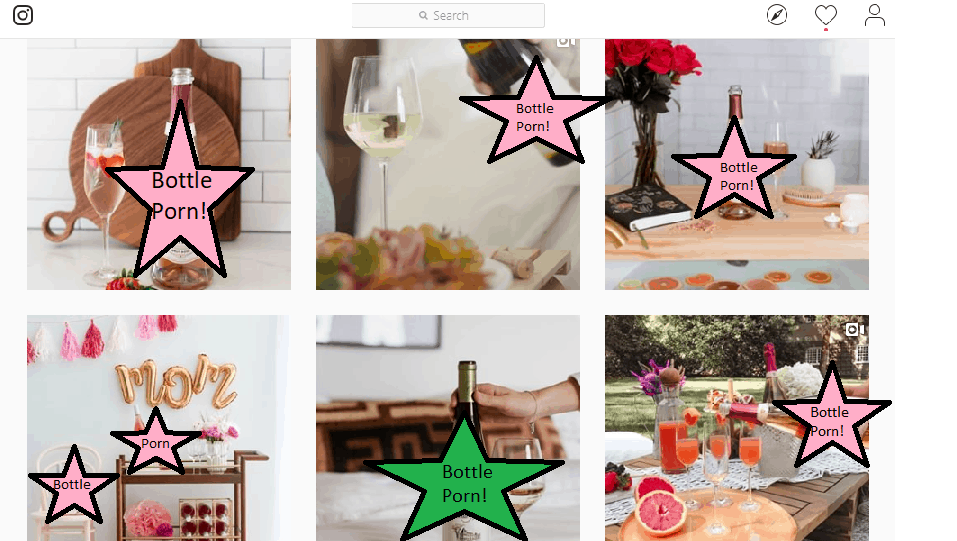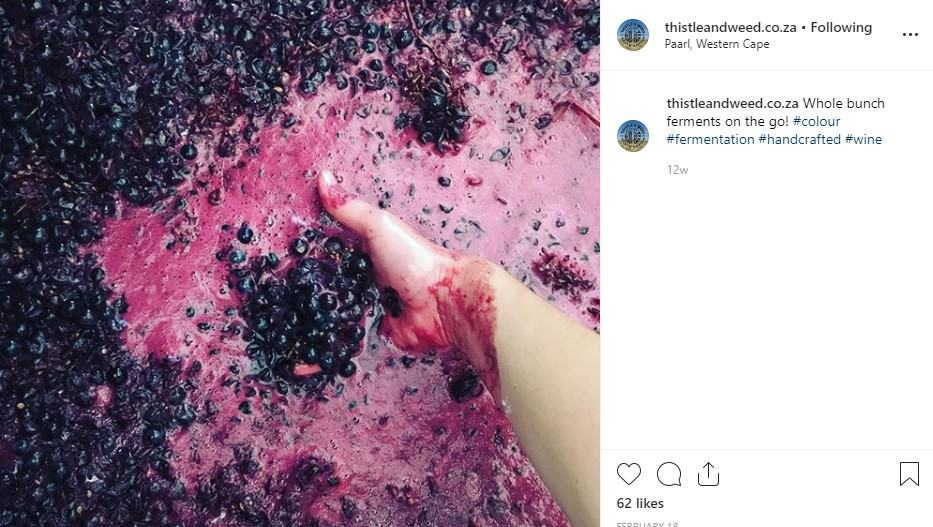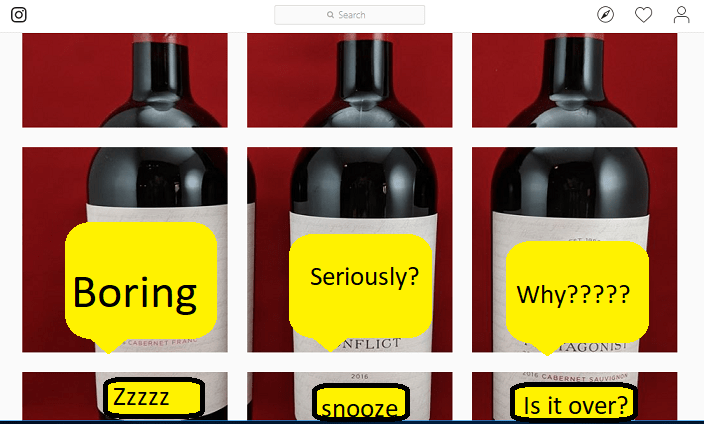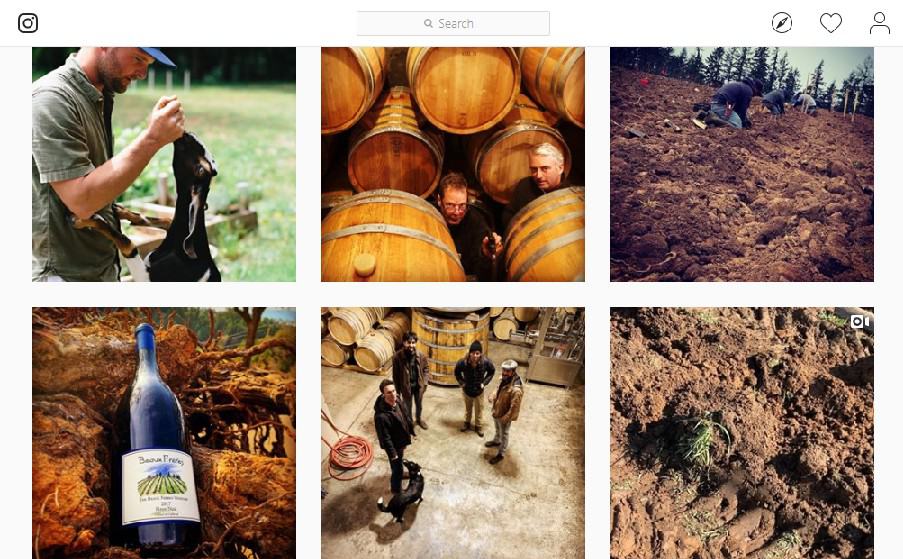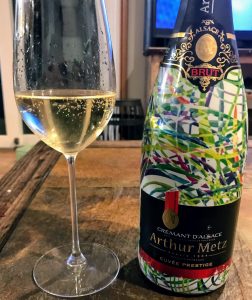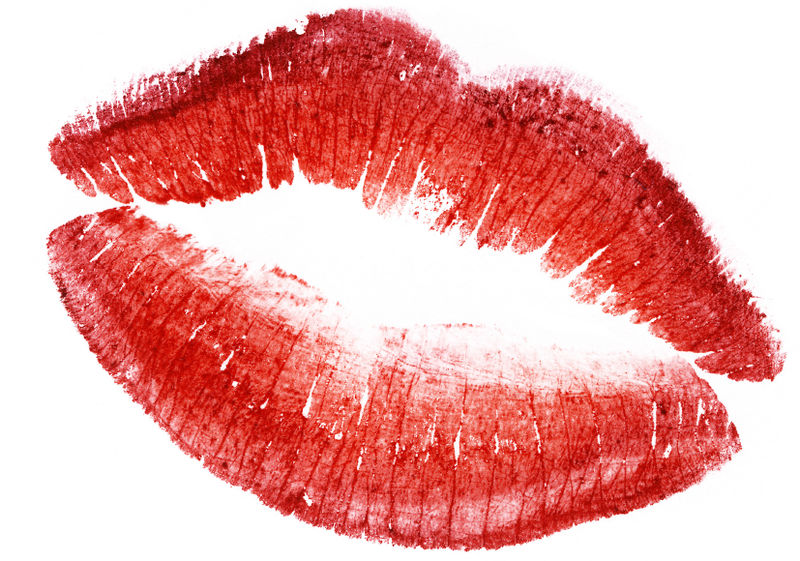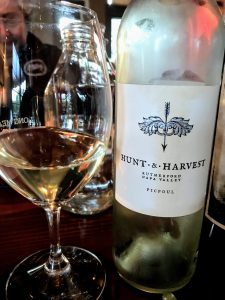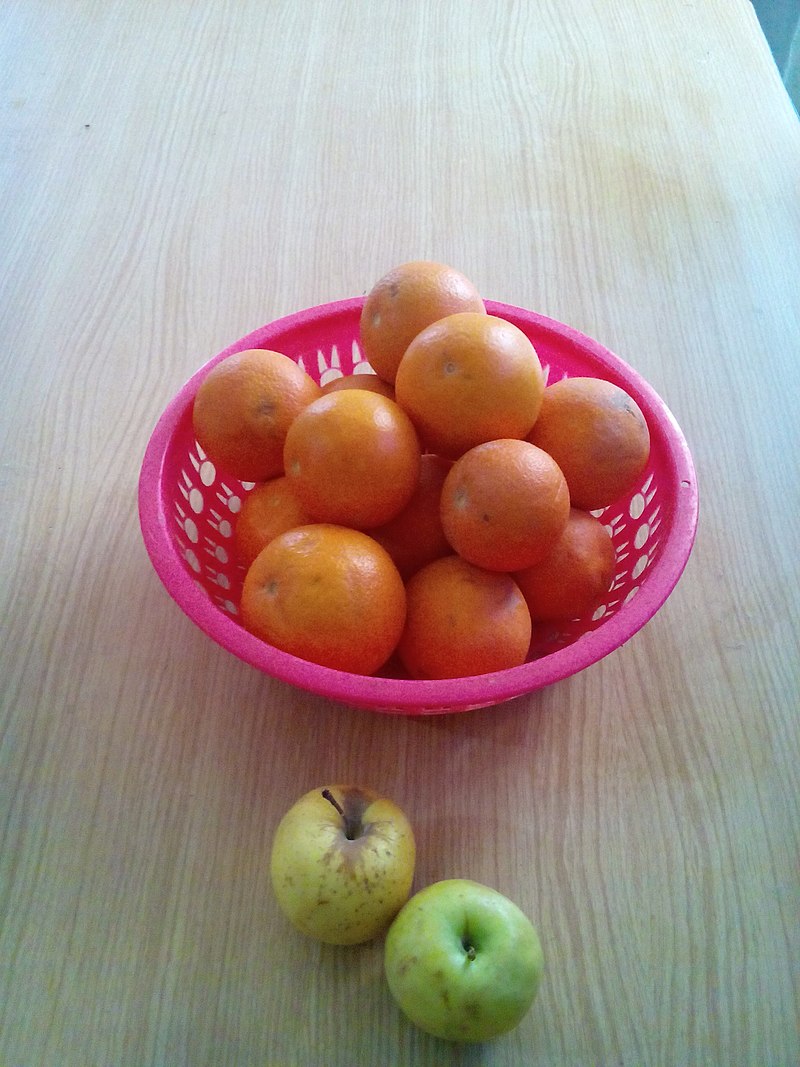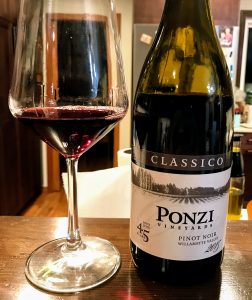Yeah, I know. Twitter can be a bunch of noise and nonsense. But like with every social media platform, it’s only as useful or useless as you make it. One way to steer Twitter towards the former is by checking out the wine-themed Twitter chats that happen every week. These chats offer an excellent opportunity to learn more about wine and to connect with other passionate wine geeks.

That latter point is key because the more good wine accounts you follow–and engage with–the less drudge and drivel you’ll find in your feed. I don’t fully understand all the wonkery behind Twitter’s algorithms that decide what you see and when you see it. But I can vouch that my feed got populated with a lot more quality wine content as soon as I started participating in more Twitter wine chats.
What the heck is a Twitter wine chat?
Twitter chats are virtual meet-and-greets centered around a common theme. They are usually hosted by a blogger or someone in the industry who moderates the discussion and may feature a special guest. While they can feel like a free-for-all, there are some etiquette rules and coordination (which I’ll discuss below) that adds structure.
But the biggest thing to remember is that they are open for everyone to participate. You don’t have to be a blogger or someone in the wine industry to share your thoughts or follow the conversation. In fact, these chats are often greatly enriched by the presence of non-industry folks because it helps break the bubble that the wine world is prone to inducing.

Many chats have a primary Twitter account (such as this one for #SommChat) where you can see when the next chat is and who the featured guest will be.
What’s in it for me?
For the regular wine lover, there are several benefits of participating in Twitter wine chats. As we already noted, a significant one is finding more great wine accounts to interact with. But others include:
1.) An escape from the real world to get your geek on for at least an hour.
Cause that’s what social media is all about–an escape. Rather than keep scrolling, hitting like and moving on, you can actually have some real wine convos with other like-minded folks. Often these chats are fun, even silly, little breaks from everyday life.
2.) Learning about new wines and recommendations.
Though I will add one huge caveat here as many wine chats are sponsored by wineries or regional associations. For the most part, blogger participants are upfront in noting that the wines they’re talking about have been sent to them as samples or that a post they’re linking to was paid for. But sometimes that can get hazy.
Keep an open mind but be aware that just like with everything on the internet, there are often other angles at play. That said, there are a lot of independent commentaries in these chats. I’ve seen many bloggers give very blunt and truthful assessments of sample wines. But I’m not going to lie. There can be a little dog & pony show fluffery in some of these sponsored chats. However, I wouldn’t be personally following or interested in any of the ones I listed below if there wasn’t enough substance to keep me satiated.
What’s in it for wine students?
Wine students absolutely need to have a global perspective on what is happening in the wine world. This makes participating in wine chats with users across the globe a sorely-needed benefit. For myself, as an American now living abroad, every week that I check out the #UKWineHour, I’m always startled at how different the UK wine scene is compared to the US. From pricing/discounting to marketing approaches, it’s like a whole other world.
Suddenly it made sense why I struggled my first-go-around with the WSET Diploma unit on the Global Business of Wine. My American-centrism was a huge blind spot for me. Apart from actually going to London, participating in the #UKWineHour chat has been one of the best answers to that blind spot.
Even outside of the chat times, the #ukwinehour hashtag is well worth following.
Top tip for #wineincan from @TheBuyer11 – have you seen this @TheKirstenMac? #ukwinehour https://t.co/cZ1nIuNl7P
— Sorcha Holloway (@SorchaHolloway) May 26, 2019
Chat Etiquette and Tips
Most chats will kick off with some housekeeping rules about how the topic of the day is going to be discussed. Often these involve the host asking questions which are usually numbered (Q1, Q2, etc.) with chat followers responding by labeling their answers in a similar fashion (A1 to respond to Q1, A2 for Q2 and so forth).
The key is always to include the hashtag. What I try to do is keep my cursor highlighted on the chat’s page so that I can copy & paste it first into the response box with a couple of clicks. This is important because the hashtag is the lifeblood of the chat and what tethers everything together.
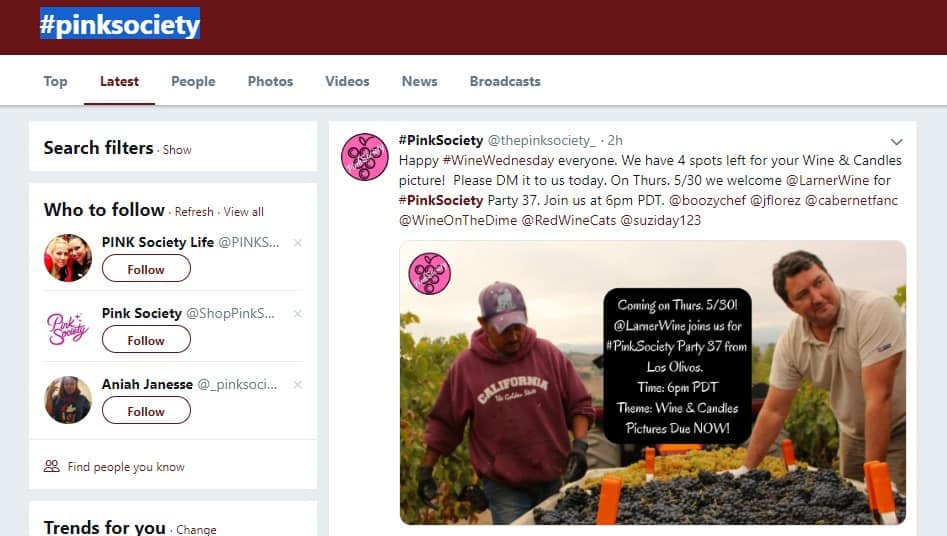
My low-tech solution for remembering to include the hashtag. Just keep a page open with the tag highlighted.
Without it, you’re mainly talking into the void and will be mostly baffling the folks who follow your regular feed. It’s also a courtesy for your followers who may want to mute the hashtag for a short time because, honestly, feeds can get pretty spammy during chat hours.
My secret? Multiple tabs
I’m sure there are more tech-savvy ways to juggle Twitter wine chats, but I take the simple three tab approach.
1.) One tab opened with the #hashtag set on the latest tweets.
2.) One tab on my notifications so I can respond to things personally directed at me.
3.) One tab on my regular Twitter feed where I can type out a message that isn’t a direct response to someone.
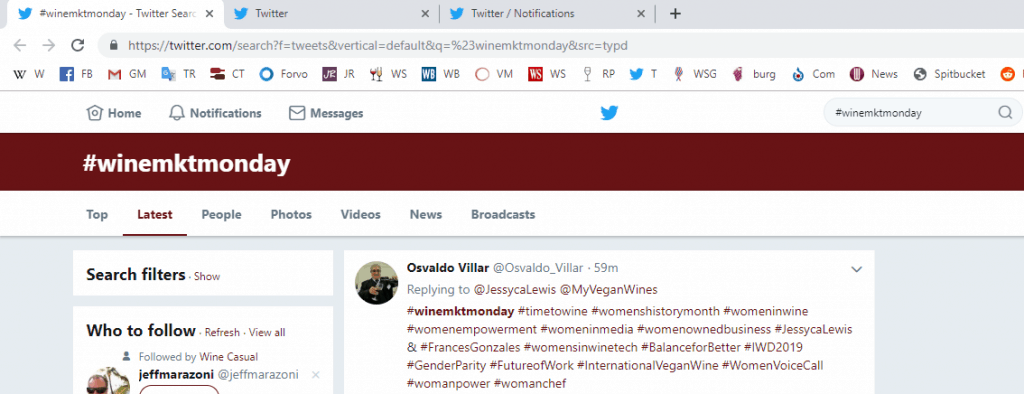
My three tab system. Probably not the most elegant solution but, eh, it works.
This works well for me, but anyone that has their own system is welcomed to share their secrets in the comments.
A couple more tips.
Don’t feel like you have to respond to everything or answer every question. However, if someone does tag or responds to you directly, it is polite to at least acknowledge them with a like. But you can do this after the chat is over by going back through your notifications.
Try to keep your conversations under the chat hashtag on topic. This is where chats can quickly go array. If a great side conversation emerges between you and other users, just drop the hashtag from your replies.
Be considerate of mobile users, especially when replying with gifs and videos. This can make participating in chats brutal when you don’t have the best internet connection. There have been some chats when the gif spam is flying and I just have to check out.
Twitter Wine Chats
The chats below are ones that either I personally participate in or am interested in following because wine folks who I respect have recommended them. Part of the reason why this post exists is to be my own personal cheat sheet of when these chats happen and the relevant hashtags.
I have them ordered based on days on the week they usually happen on–starting with Monday. Times listed will be in PST (West Coast US), EST (East Coast US), BST/GMT (British Standard Time) and CET (Central European Time–where I am).
#WiningHourChat
Weekly chat hosted by three bloggers, Li, Cara & Maggie, who also run the @WiningHourChat account. This is one that I haven’t personally followed or observe much as the time makes it pretty impossible for those of us in Europe to participate in. They cover various topics and will sometimes have featured guests.
Time: 6 pm PST, 9 pm EST, 2 am BST, 3 am CET most Tuesdays.
#winestudio
Moderated by wine educator Tina Morey (@winestudioTINA) this chat has been on hiatus for a while, but it is slated to start back up on June 4th. It usually takes place on Tuesday with a weekly topic.
Time: 6 pm PST, 9 pm EST, 2 am BST, 3 am CET most Tuesdays.
#SommChat
A weekly chat moderated by the Keeper Collection in Texas (@keepercoll) under the @sommchat account. This is definitely geared more towards sommeliers and other industry folks with featured guests and a geekier bent than a lot of other chats.
Time: 9 am PST, Noon EST, 5 pm BST, 6 pm CET most Wednesdays.
#UKwinehour
Moderated by Sorcha Holloway who also runs the @ukwinehour account. This is a weekly chat with a mix of featured guests and discussions on a topic of the week.
Time: 11 am PST, 2 pm EST, 7 pm BST, 8 PM CET most Thursdays except during parts of August and Christmas.
#PinkSociety
Founded by Dave Razzari (@_drazzari) and moderated by the #PinkSociety Twitter handle (@thepinksociety_) with Lin (@boozychef) and Joe Florez (@jflorez), this is more of a social chat. It’s kind of like a drinking party on Twitter that everyone is invited to. Can be a great source for wine humor and fun accounts to follow. Often sponsored by wineries.
Time: 6 pm PST, 9 pm EST, 2 am BST, 3 am CET every 3rd Thursday, except in the summer when it’s every other Thursday. Next chats will be 5/30/19, 6/20/19 and 7/11/19.
#ItalianFWT
A monthly event with a different blogger hosting. They feature a discussion of the Italian wine topic of the month with many bloggers participating by writing additional articles and reviews.
Time: 8 am PST, 11 am EST, 4 pm BST, 6 pm CET on the 1st Saturday of the month.
#winepw
A monthly food and wine pairing event with a different blogger hosting. Often this event is sponsored with bloggers pairing sampled wines with various food dishes. An excellent chat for foodies but, be forewarned–it will make you hungry.
Time: 8 am PST, 11 am EST, 4 pm BST, 6 pm CET on the 2nd Saturday of the month.
#winophiles
Basically the French-themed counterpart to the #ItalianFWT chat. A monthly event with a different blogger hosting. Sometimes they select the topic, but other times it may be sponsored by a winery or regional association.
Time: 8 am PST, 11 am EST, 4 pm BST, 6 pm CET on the 3rd Saturday of the month.
Know of any others?
I’m always looking for good chat recommendations. Post your favorite Twitter wine chat down below in the comments, when it takes place and why you think it’s worth following.


